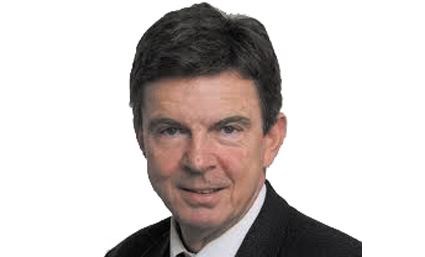Doctor shortage?
What doctor shortage? There were 831 more doctors billing the Medical Services Plan under the general-practitioner category last year than there were 10 years ago. That's a 17 per cent increase.
Across all specialties, there are 1,848 more doctors billing for services than there were 10 years ago, a 22 per cent increase.
You'd think that kind of apparent growth rate in an occupation would be enough to handle population increases and the higher patient loads that arise from the aging population.
But it isn't. The doctor shortage is a fact of life across B.C.
Buried in the mass of data churned out by the Health Ministry is a report that either sheds more light on or confounds the situation, depending on perspective. It was not widely shared, but the MSP Physician Resource Report looks at a decade's worth of billings by B.C. doctors.
The statistics are complicated and wide open to interpretation. But the numbers suggest doctors by and large are seeing patients for fewer days a year than they once did, and the average number of patients they're seeing has dropped.
The medical world has different views on the numbers, and some of them are disputed.
Several people suggested the work-life balance is a lot more important to them than it used to be. Doctors nearing the end of their careers are ramping down their patient loads, working a day or two less a week than they did earlier.
And younger ones are rejecting the inhuman demands put on doctors in the past, when they were expected to work until they dropped.
There's also more emphasis on spending more time with patients. Add in other factors and you arrive at the point where there are more doctors doing more procedures, but seeing fewer patients.
The difficulty in finding a GP is the most acute aspect of the doctor shortage, and has been for years. B.C. Liberals made a brash promise five years ago to solve the problem and get everyone access to a family doctor. That was when about 176,000 people were having trouble finding one. That number has increased to more than 200,000, despite millions spent on addressing the problem.
Health Minister Terry Lake conceded in the legislature in May they're not going to fulfil the promise this year, although he said they've made progress.
The resource report states there were 4,622 doctors billing the system for GP services in 2004-05. Their median age was 47. They did 23.6 million services and saw patients an average of 191 days a year, seeing an average of 1,773 patients.
Over 10 years, the number of doctors billing in the GP category increased every year, to 5,453 in 2013-14. They did three million more services that year, but saw patients an average of 179 days a year, 12 fewer days than a decade ago. And their average number of patients was 1,660, 113 fewer than in 2004. Their average age last year was 51.
One person familiar with the issue said it can be misleading. The GP category is a catch-all billing category for most services that don't fall under a recognized specialty. So it's not a specifically accurate picture of what family doctors do. And there are thousands of billing categories in MSP.
Some GPs run focused practices in different areas and are on alternative payment systems that don't show up in the report. And they see fewer patients, for longer periods of time. The three-million jump in specific services provided suggests patients are getting more intense treatment.
The resource report breaks down 30 specialties and in all but a handful, there are more doctors (likely with some crossover) billing under those categories than there were 10 years ago. And in many categories, the trend holds of seeing patients a week or two less than previously. Some suggest for external reasons, like operating room time.
In most times when there's a resource shortage, the stopgap response is to spread the resource thinner. When it comes to doctors, it looks as if we're going in the other direction, with the emphasis on concentration, rather than capacity.



